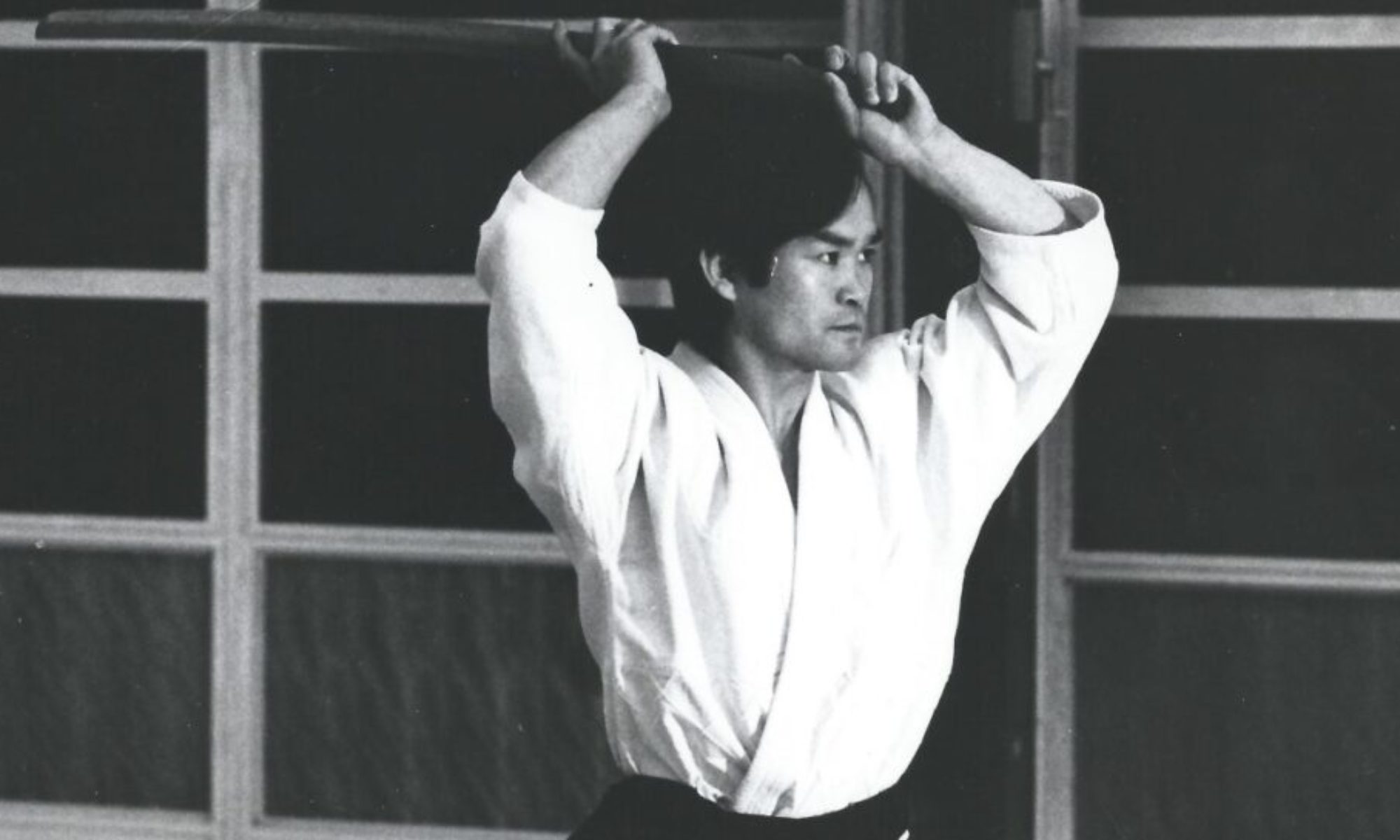Rob Schenk, Chief Instructor, Aikido Institute of San Francisco

Many of you are aware Doshu was recently hosted for a weekend seminar in the San Francisco Bay Area (September 2019). During the weekend activities, I was fortunate to attend a special discussion on ‘The State of Aikido in the United States‘, held by Josh Gold, of Aikido Journal (Josh took over after Stanley Pranin’s passing).
The statistics that Josh shared during the discussion are sobering. Since 2004, interest in Aikido has dropped 90%. This interest continues to decline 9% PER YEAR at a consistent rate. 82% of Aikido practitioners are over 40 years of age. Less than 16% of United States Aikido practitioners are women (clearly Chiba Sensei was ahead of his time: Birankai has more women Shihan than men!)
It is clear that if we keep doing things as we have been doing them, our art will die a slow death and fade away.
Bold steps, open minded leadership, getting outside of our comfort zones, and new ways of engagement are needed NOW. We in the Northern California Region propose a way to slow down this trend and ultimately reverse it, is to refocus on and expand our Youth Programs.
To do our part to create some new energy, the NorCAL Region held its 1st Annual Kid’s Seminar on August 31, 2019.
Members from Aikido Institute of San Francisco, Alameda Aikikai, Grass Valley Aikikai, and Gassaku Aikido participated in an energetic afternoon of conditioning games, learning about Aikido principles, and practicing ukemi basics. A potluck followed with camaraderie, community building, and good food.
It was wonderful to see a large turnout with students open to receiving positive and engaged instruction from Marci Martinez from Grass Valley, Bernard Dalay from Alameda Aikikai, and Gerard Enriquez from Aikido Institute of SF.
“For Aikido to thrive into the future, it really comes back to the kids. If we can engage and inspire kids with the positive messages of Aikido, including discipline, focus, character development, respect and martial awareness, we will carry on O’Sensei and Chiba Sensei’s legacies. We look forward to developing and extending our shared lineage through continued, dedicated practice, one child at a time.“
-Rob Schenk, Aikido Institute of San Francisco
“I completely agree with Rob and think that these children are the future of Aikido. This regional seminar was needed to bring us all together and see the future and potential of our region. The way the kids seemed to get along and the support and camaraderie that we just witnessed this weekend was inspiring.“
–Mitsu Nobusada Flynn, Alameda Aikikai
“The First Annual Northern California Regional Youth Seminar had a great turn out of students and teachers. It was fantastic to see how the youth from different dojos were comfortable playing and training with each other using Aikido as their common bond. Our students had not seen youth in hakama before. Those with hakama helped the younger students with how to engage at a seminar and that it was safe to try new things. Not only did they train together, but it feels like they inspired one another. One of the youth from Grass Valley had a fire lit within him, and for most of the way home, he was talking about how he couldn’t wait to show the other kids how he practiced Ikkyo. This seminar has created a more intense hunger in our students that they will share with their other dojo mates. This will help drive them to train at a different level than before and to feel comfortable training with students from other dojos.“
-Marci Martinez, Grass Valley Aikikai
